Mallorca's transformation from sun-and-sangria to sophisticated Mediterranean destination
Arabella Youens revels in the history, food and culture of the largest Balearic island.

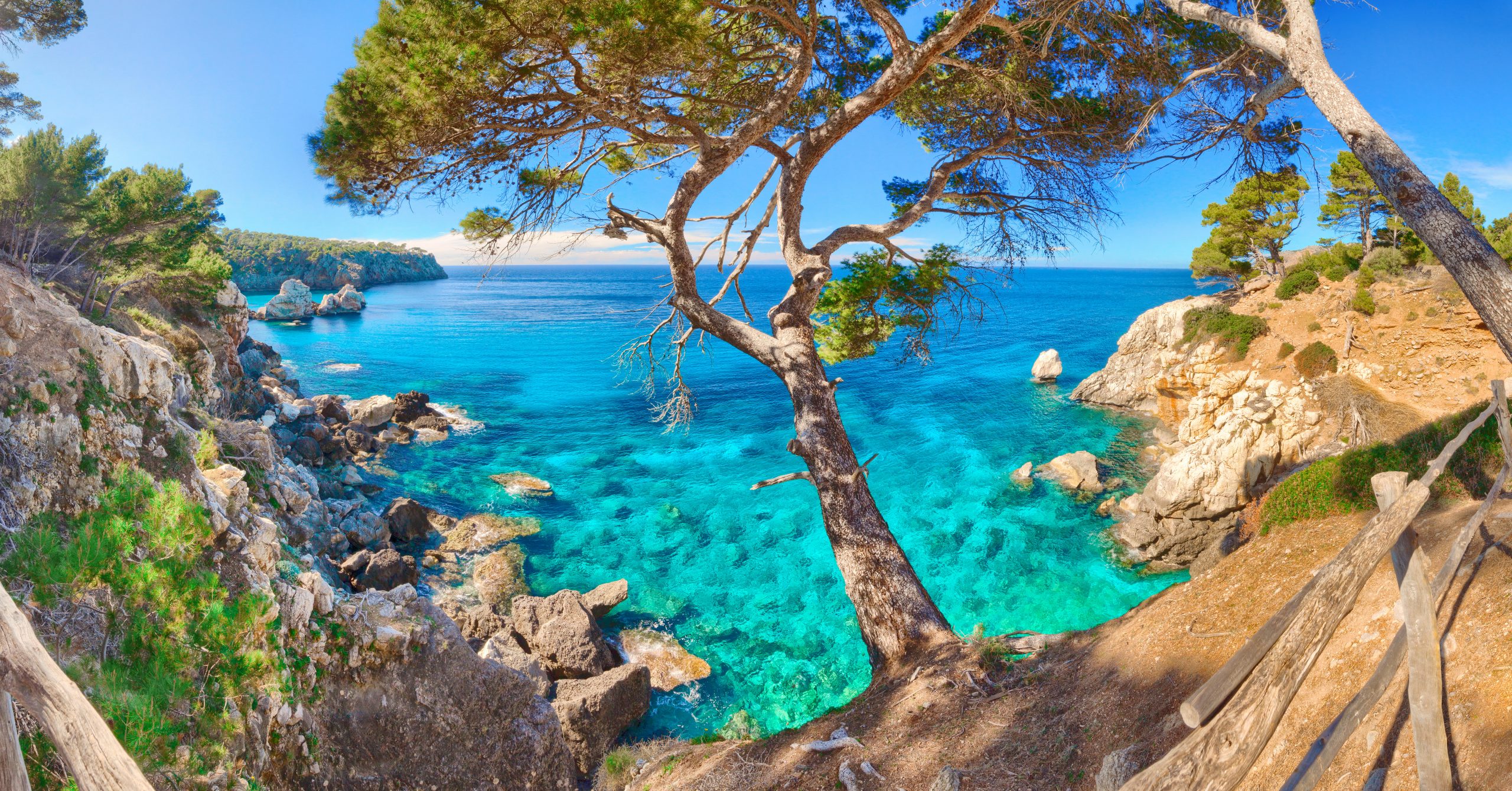
Over the years, Mallorca has shown contrasting facets to different people, but its transformation from a symbol of the ravages of sun-and-sangria package holidays to a sophisticated Mediterranean destination is — reality television shows aside — well underway.
The dated mid-market hotels that blighted the beaches near Palma are increasingly being torn down or updated (even the beach at Magaluf has been rebranded Calvià Beach) and townhouses and farmhouses across the island are being converted into elegant luxury or boutique hotels.
The largest of the Balearics, Mallorca also has the biggest airport, with the most frequent year-round flights to all European capitals. It has, at the last count, 17 international schools and high-speed fibre-optic broadband covers 82% of homes. But its lure goes far beyond such practical considerations: no other island in the Mediterranean can match it for culture, landscapes and cuisine.
Tourism made the former agricultural island rich. In a quirk of fate, it was the daughters of Mallorca’s landowning families who benefited first. Before the onset of mass tourism in the 1950s — and, with it, the arrival of bikinis and behaviour that was uncomfortable for the Catholic population — the sea was regarded with suspicion; historically, it had been a source of trouble, in the form of pirate attacks and disease. As a result, sons of the wealthy were gifted land and fincas on the fertile plain in the centre of the island, with the daughters given parcels of seemingly worthless coastline.
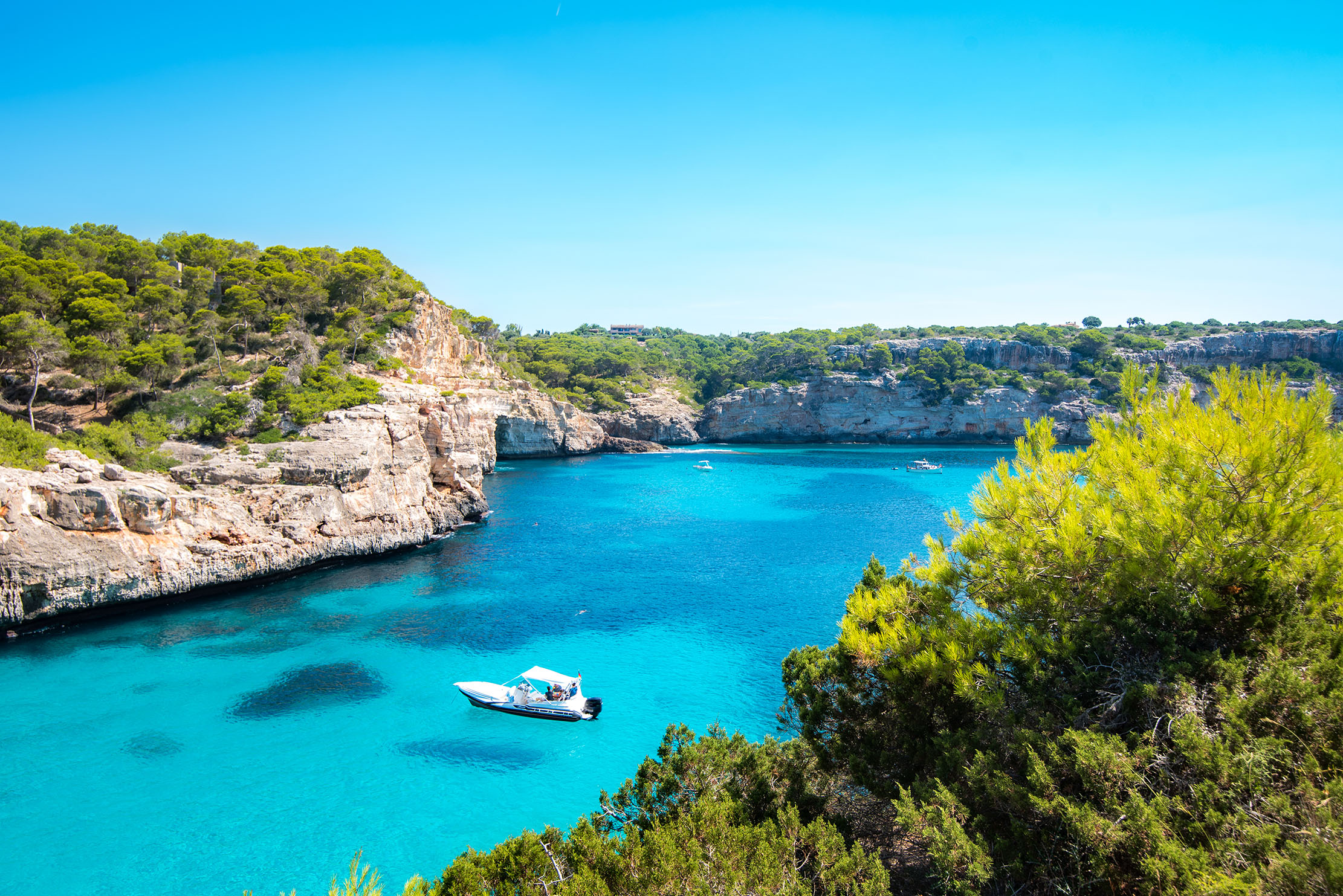
By the time the first wave of hoteliers looked to exploit the natural beauty of that hitherto disregarded coastline, generations of British visitors had already discovered the wilder landscape dotted with Mediterranean oaks, olive and algaroba (carob) trees. The solid farmhouses built of marés, the indigenous stone, set against the blue-grey backdrop of the Tramuntana mountains (now UNESCO-protected), became home to a growing band of forasters (foreigners in the local Catalan dialect, a word that also stretches to encompass mainland Spaniards), who adopted the island as their own.
This started in the 19th century, when a steady stream of affluent or artistically minded people visited Mallorca and spoke about the clarity of its light. The Austrian Archduke Ludwig Salvator was an early adopter; he championed the wildlife of the island long before the theme of conservation was widely understood. And although George Sand never repeated her miserable winter spent with Frédéric Chopin in the hill town of Valldemossa, others settled there happily.
"In the 19th century, artistically minded people visited and spoke of the clarity of light"
The poet Robert Graves was urged to go in 1929 on the recommendation of his doctor, following ongoing problems with shellshock, and made the island his home. He moved to Deià, a mountain village surrounded by wild olive trees, pines and rosemary, with valleys plunging sharply into the Mediterranean. He and his family entertained a stream of notable guests, including Alec Guiness and Ava Gardner. Today, it’s possible to visit La Casa de Robert Graves, a museum established in the family’s former home.
Exquisite houses, the beauty of Nature, and how to get the most from your life, straight to your inbox.
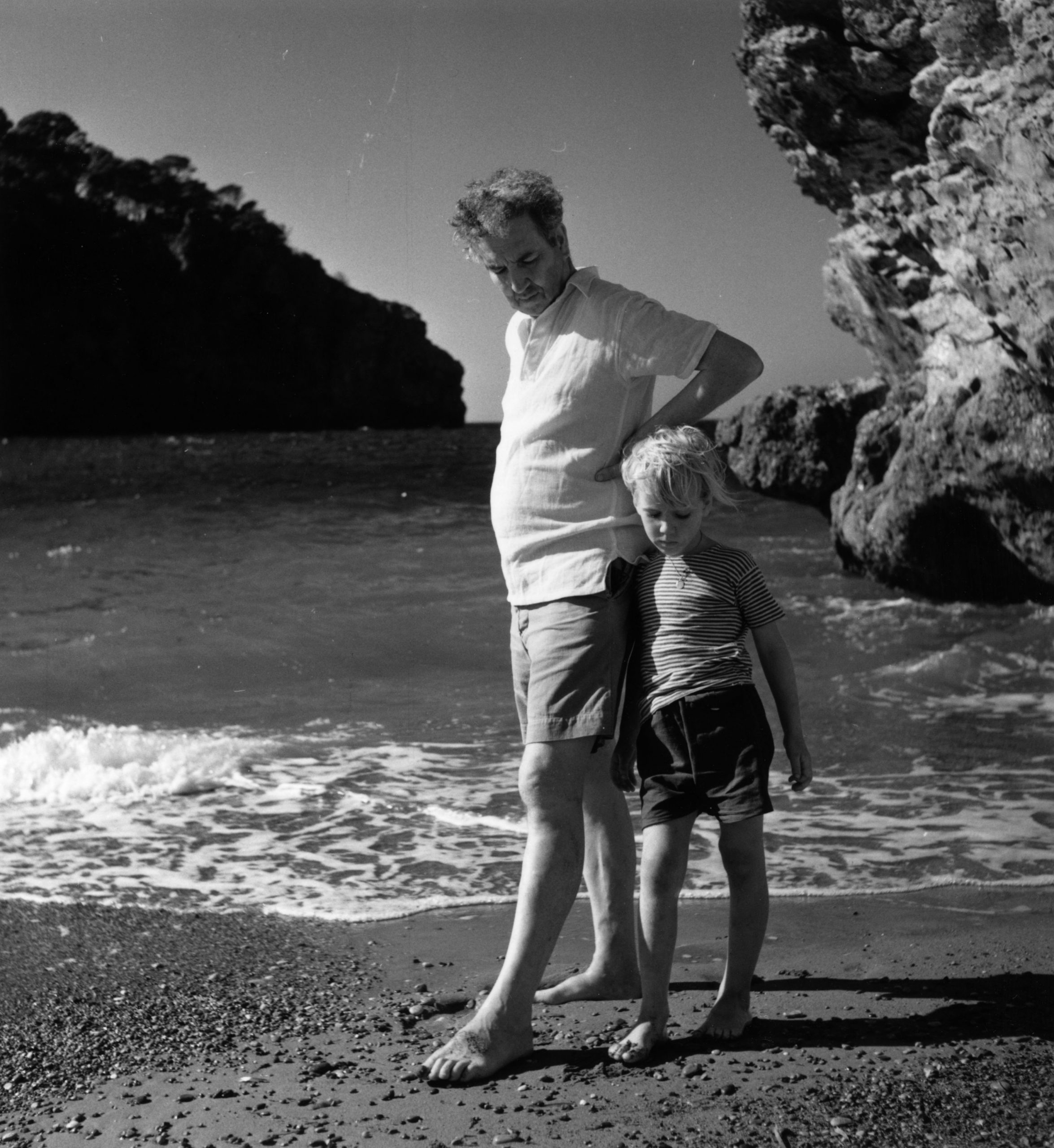
Despite vast numbers of forasters now living on the island, many of the rural towns and villages have held on to their traditional fiestas. Pollensa’s La Patrona, held at the end of July, is widely regarded as one of the key cultural highlights of Mallorca; it centres on a mock battle between the Moors and Christians.
The island’s capital, Palma, has been transformed into a culinary and cultural hub, which is best explored on foot through labyrinthine cobbled streets and passages, which give way to squares or tree-lined avenues. Of all the neighbourhoods, Santa Catalina, once a working-class district, has dressed itself up into a boho-chic, food-loving centre based around a covered food market.
Mallorca has more than 70 vineyards and dozens of olive oils. Restaurants — including nine with Michelin stars — serve food from around the world, but it’s those that have local chefs at the helm, who use fresh homegrown produce such as almonds and oranges, that are increasingly popular. Indeed, it’s said that Louis XIV would only eat oranges from the groves that had been dug out of the mountainside above. Down on the coast, prawns from the port town of Sóller are considered to be some of the finest in the world.
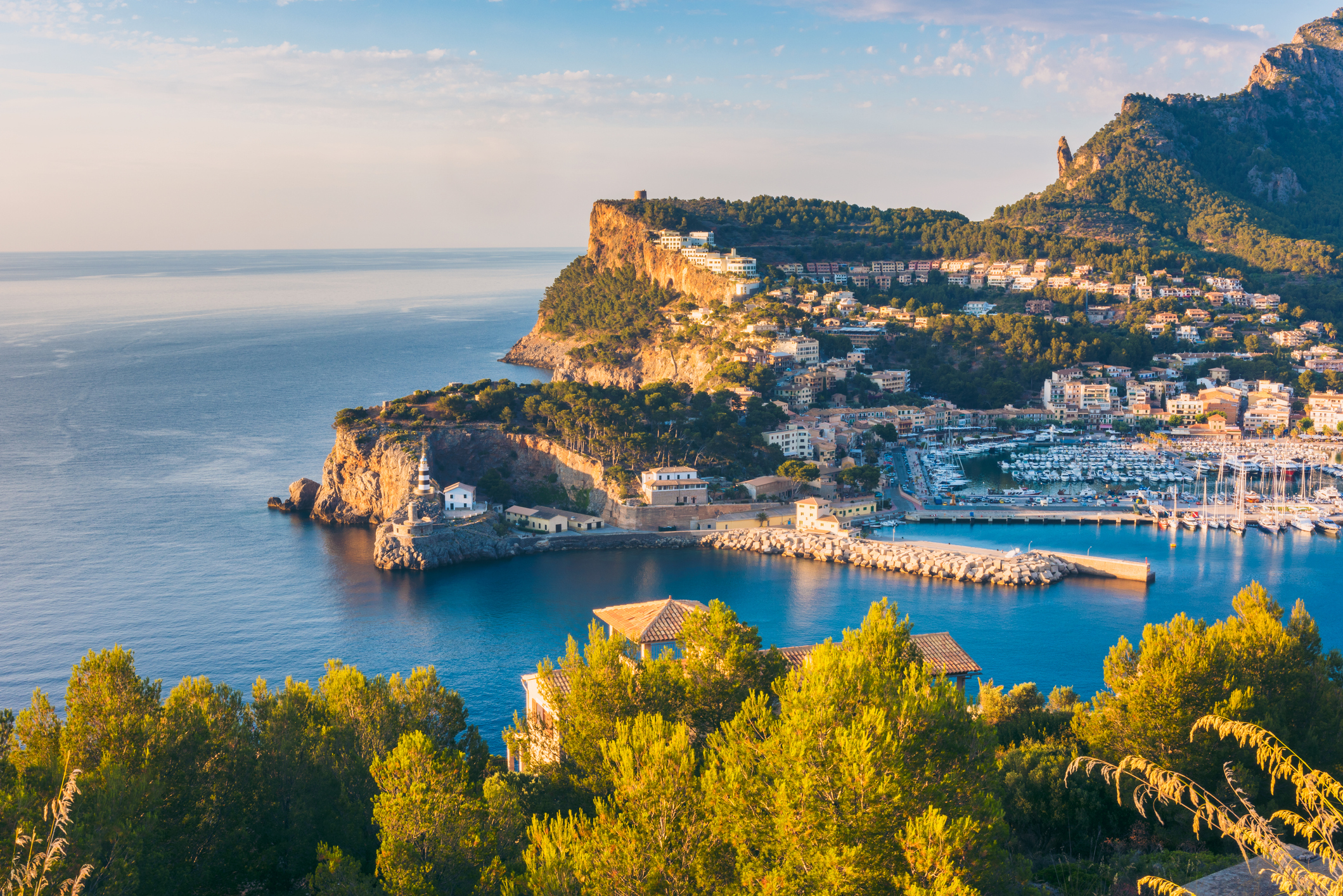
But there’s more to local culture than food. Art is a particular pleasure. Palma harbours the museum of Joan Miró, who spent his final years in Mallorca; it stands on the site of his old studio. Es Baluard is the museum of modern and contemporary art and Galería Pelaires is the oldest and most distinguished gallery in town. Across the island, Pollensa is home to the museum of local artist Dionís Bennàssar.
A defining marker in the sand, showing how much the island has turned its back on mass tourism, will be the unveiling of the new Four Seasons hotel in Formentor. Set on Mallorca’s northernmost tip and the erstwhile favourite of Charlie Chaplin, Peter Ustinov and Churchill, it’s tipped to become the most luxurious local hotel when it opens in 2023.
Live in Mallorca
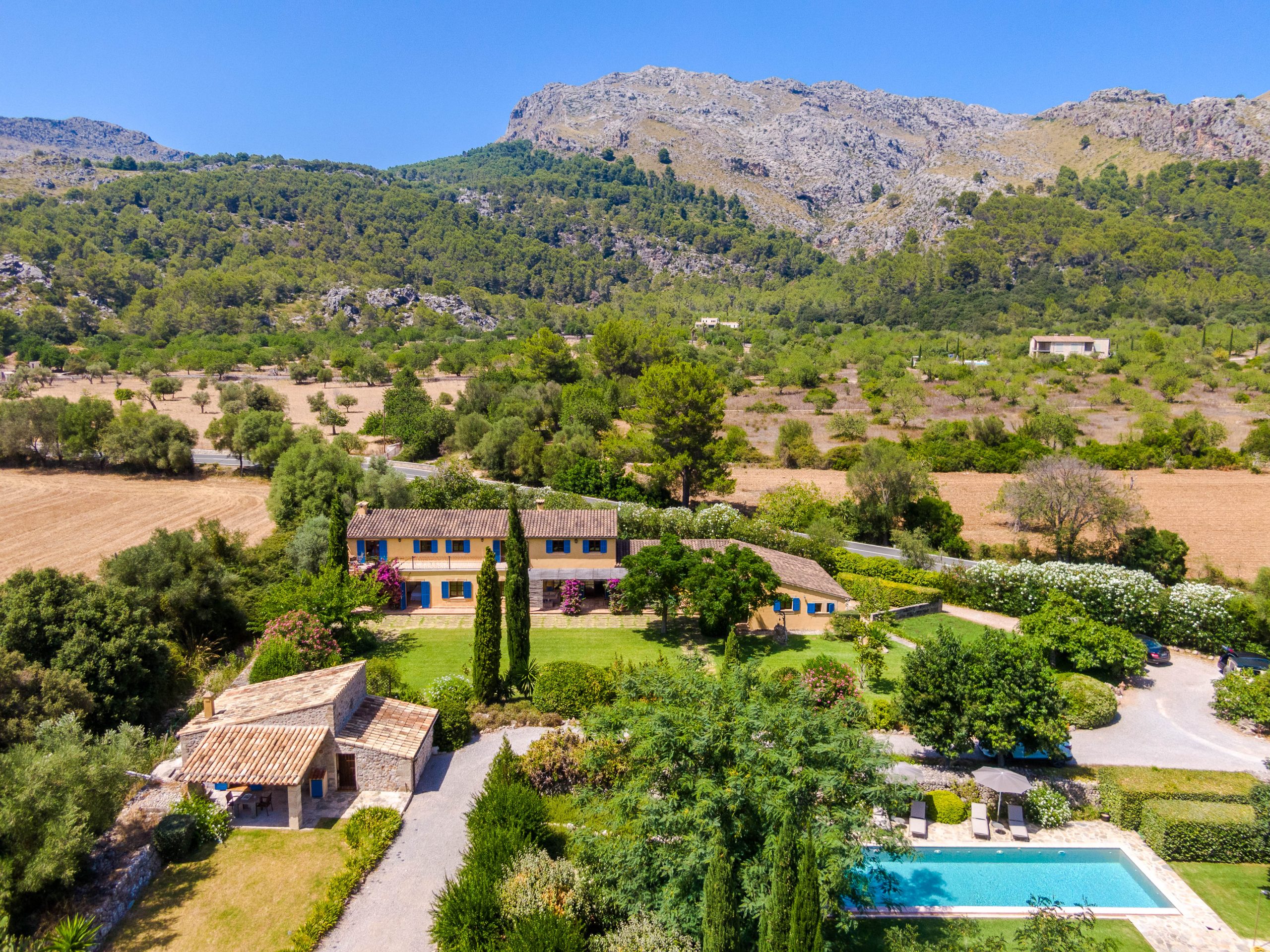
The northern market town of Pollensa, with its busy calendar of festivals, pretty streets and lively central square, has long attracted buyers from across Europe. With a dramatic mountain backdrop, this five-bedroom, restored finca stands in more than 12 acres of gardens and grounds, which have organic certification for growing fruit and vegetables. The house comes with an all-important rental licence. €2.8 million through Engel & Völkers
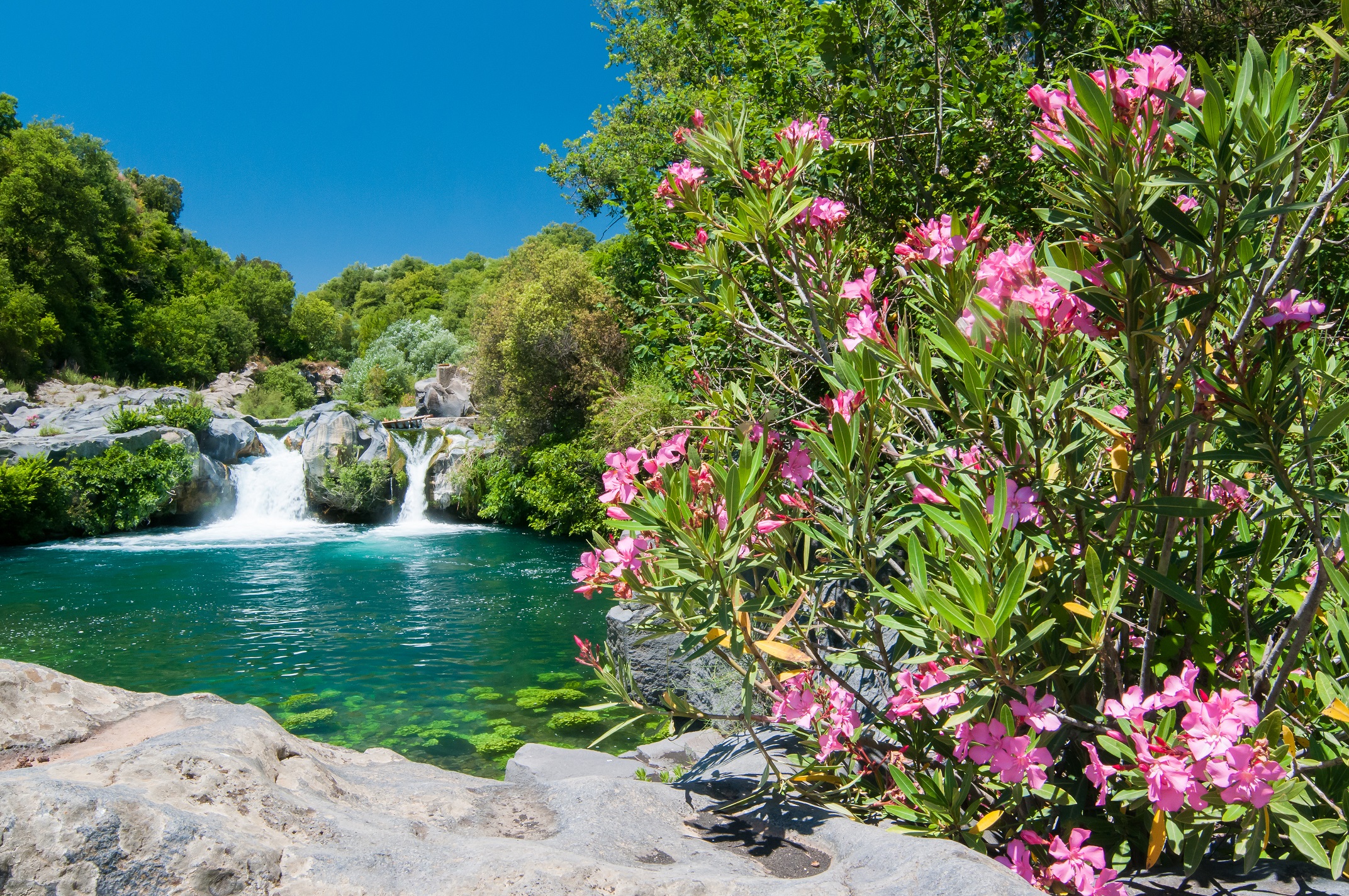
10 great places around the world to base yourself for overseas adventures, from wild swimming to, er, playing boules
If you're looking beyond the pandemic and are thinking of a holiday home overseas, Carla Passino picks out 10 places

